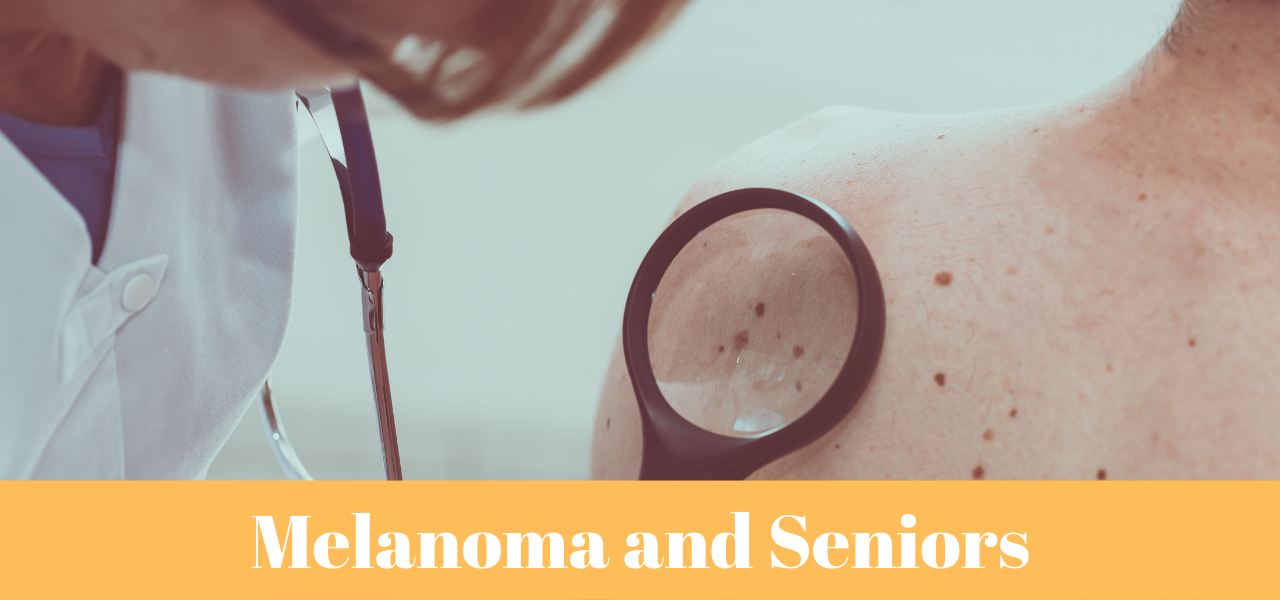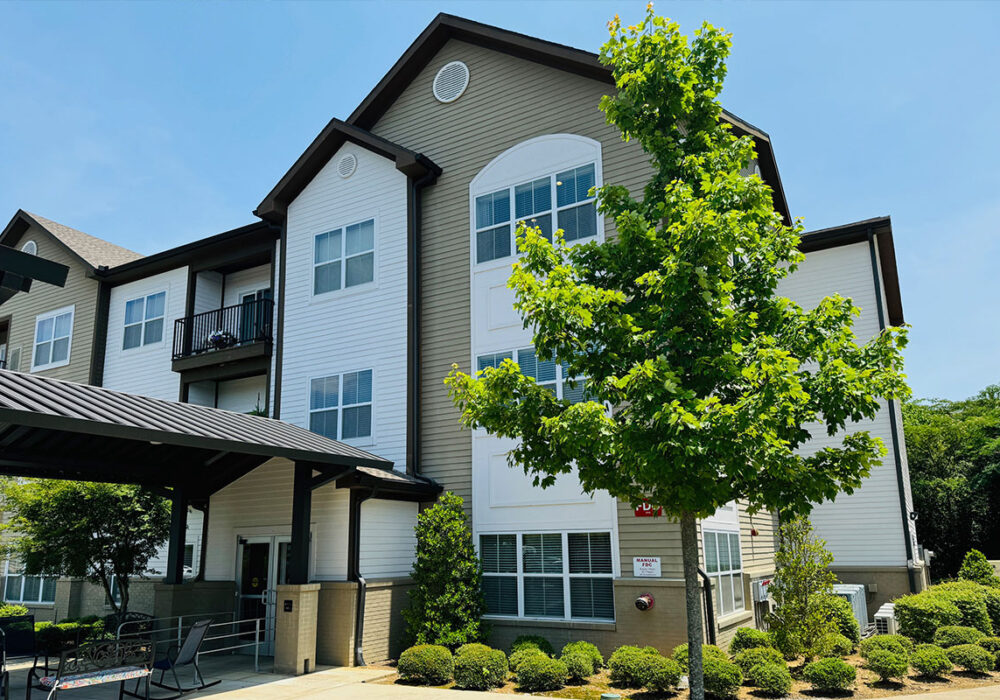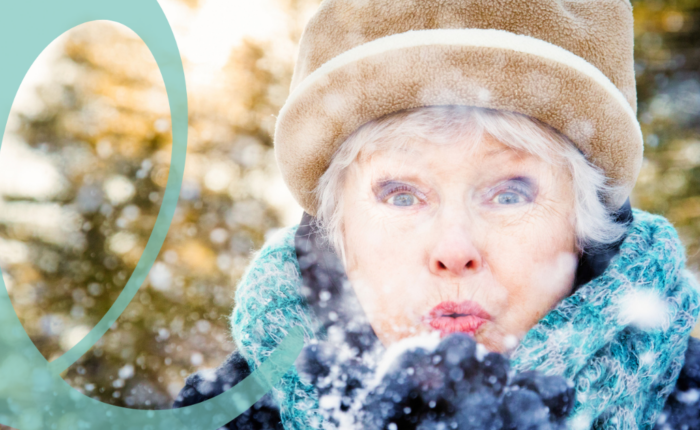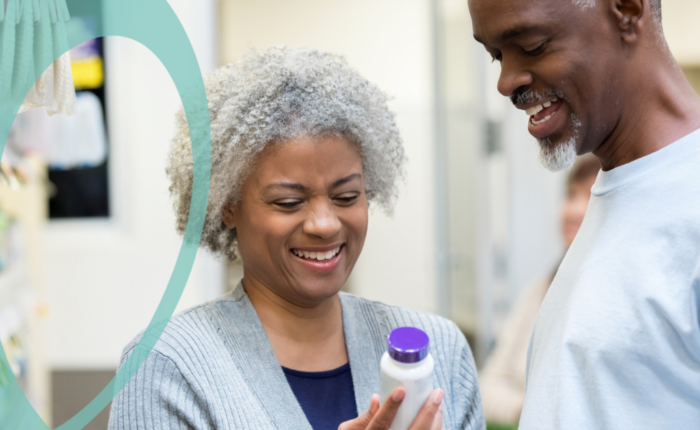
Melanoma is the most dangerous type of skin cancer, causing skin cells to rapidly multiply and form malignant tumors. Studies estimate that there will be 192,310 cases of melanoma diagnosed in 2019 alone resulting in 7,230 deaths.
Learn more about melanoma and its effect on senior health.
Risk Factors for Skin Cancer
The unfortunate truth is that everyone is at some risk for melanoma. However, increased risk can depend on several factors including age and sun exposure, family history, moles on the skin, and skin type.
Age and Increased Sun Exposure
The median age people are diagnosed with melanoma is 50. Sun damage is cumulative and only about 23% of lifetime exposure has occurred by age 18. This means that the risk of skin cancer increases with age, most likely due to accumulated exposure to UV radiation. Although, skin cancer can also appear in younger people, more so than other types of cancer.
Experience Leisure Care Senior Living
Family History
Nearly 10% of people diagnosed with melanoma have had a family member also diagnosed. If your mother, father, siblings, or children have had a melanoma, you are in a melanoma-prone family. Individuals with a first-degree relative diagnosed with melanoma has a 50% greater chance of developing the disease themselves than people who do not have a family history of the disease.
Moles
The more moles an individual has, the more likely they are to develop melanoma. People with at least 50 moles on the skin are considered to be at an increased risk, regardless of the type of mole.
Skin Type
Melanoma, like all sink cancer, is more likely to develop in people with fairer skin, lighter hair color, and lighter eye color.
Signs and Symptoms of Melanoma
Diagnosing and treating melanoma early is crucial to treatment and removing the melanoma. The most important sign of melanoma is a new spot on the skin or a spot that has changed or is changing in size, shape, or color.
Generally speaking, medical professionals advise patients to be on the lookout for the ABCDE rule and notify your doctor if you have a spot that has any of the following features:
- Asymmetry: One side of the spot does not match the other half.
- Border: Edges of the spot are irregular, ragged, notched, or blurred.
- Color: The color of the spot differs all over and may include different shades of brown and black, and sometimes has pink, red, white, or blue.
- Diameter: The spot is larger than 6mm across.
- Evolving: The mole is changing in size, shape, or color.
It is important to note that not all melanomas will fit the ABCDE rule and to let your doctor know about any changes or new spots on the skin.
Additional warning signs of developing melanoma are,
- Sores that do not heal
- Pigment from a spot spreading into the skin
- Swelling beyond a mole
- A spot that is itchy, tender, or painful
- The appearance of a lump or bump
Preventing and Treating Melanoma
When melanoma is caught early, it is nearly always treatable. In most cases, for early melanomas, the removal surgery can be done in the doctor’s office or as an outpatient procedure under local anesthesia.
Surgical excision is used to treat all types of skin cancer. Outlining a ‘safety margin’ of healthy looking tissue, surgeons remove the skin within the margins and tissue samples are sent to a lab to see if any of the ‘safety margin’ has been affected by cancer. If it is, additional surgery may be required.
As with most disease, the best treatment route is prevention. These tips can help you prevent melanoma in yourself and loved ones:
- Wear SPF 30 sunscreen daily
- Protect your body from the sun to limit UV exposure
- Avoid tanning beds
- Stay out of the sun mid-day
- Wear wide-brimmed hats
- Visit a dermatologist annually for a professional skin exam
Have you or a loved one been diagnosed with melanoma? How did you detect it? Share your personal experiences in the comments below. We’d love to hear from you!
Find a Leisure Care Community
Better with age, exceptional with us! Come and see how Leisure Care communities are helping seniors rediscover (and sometimes reinvent) themselves.








